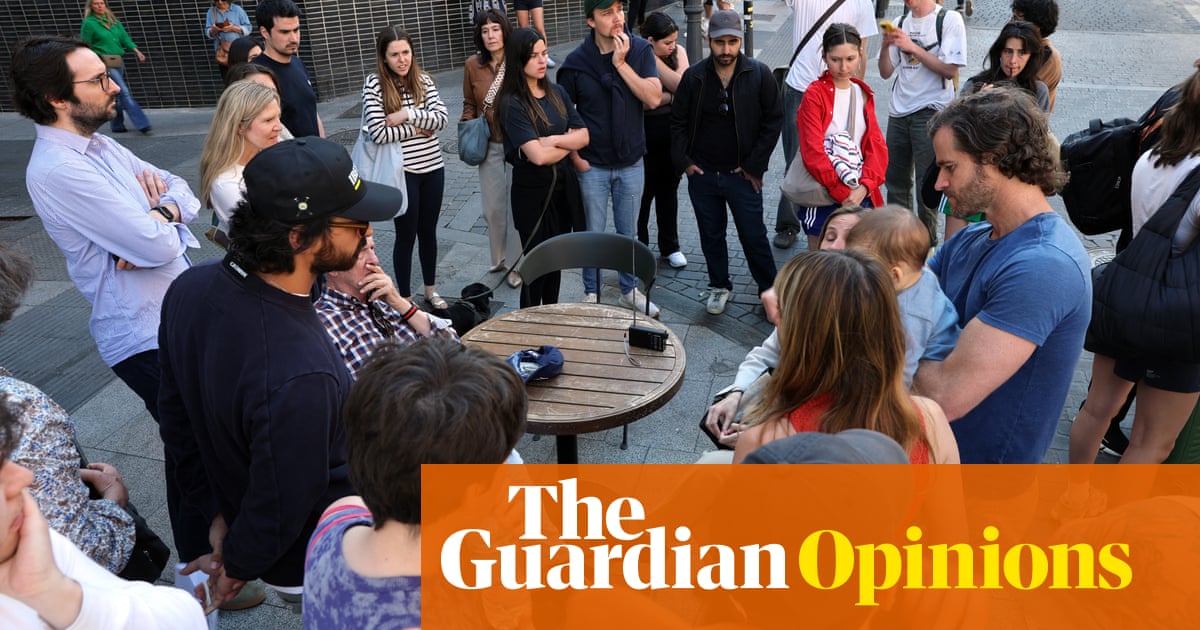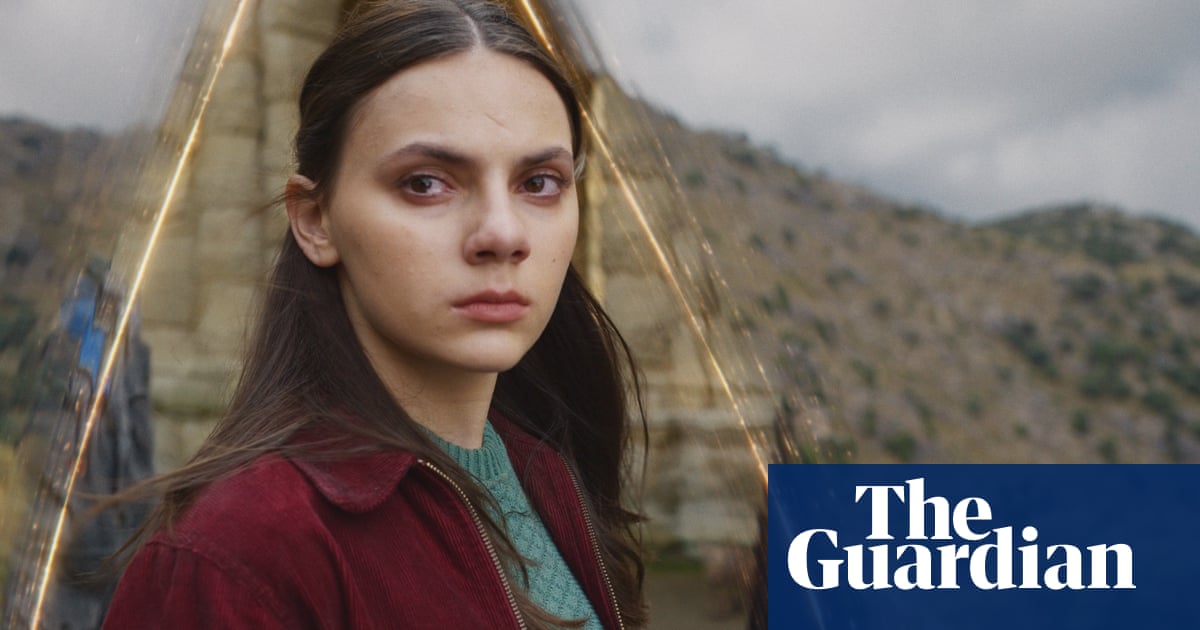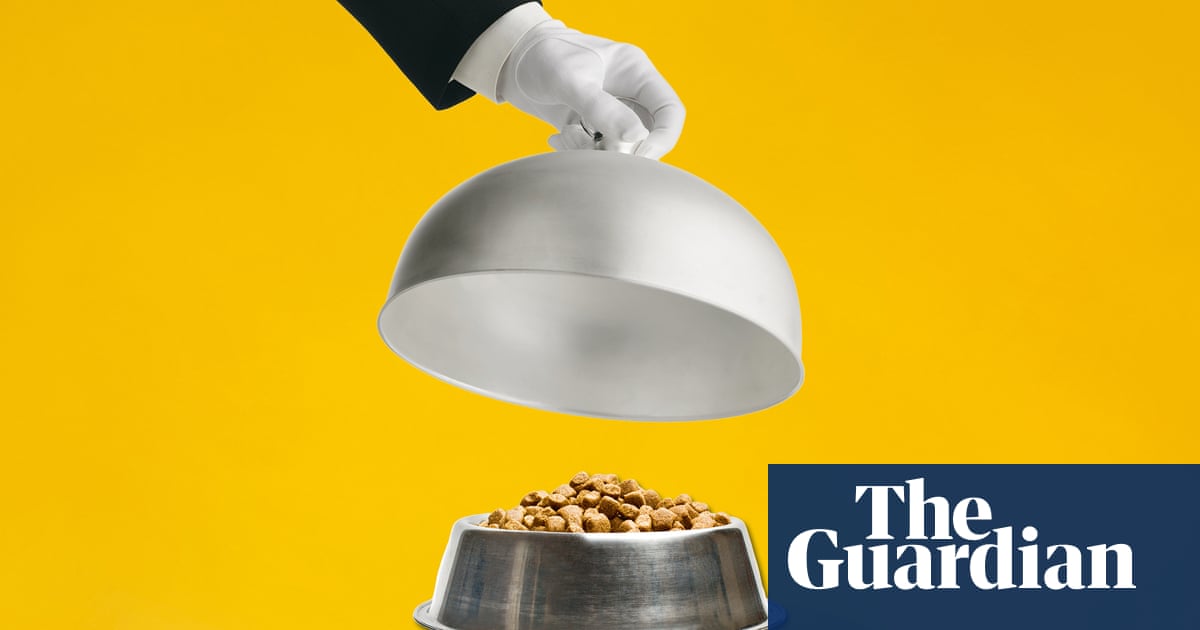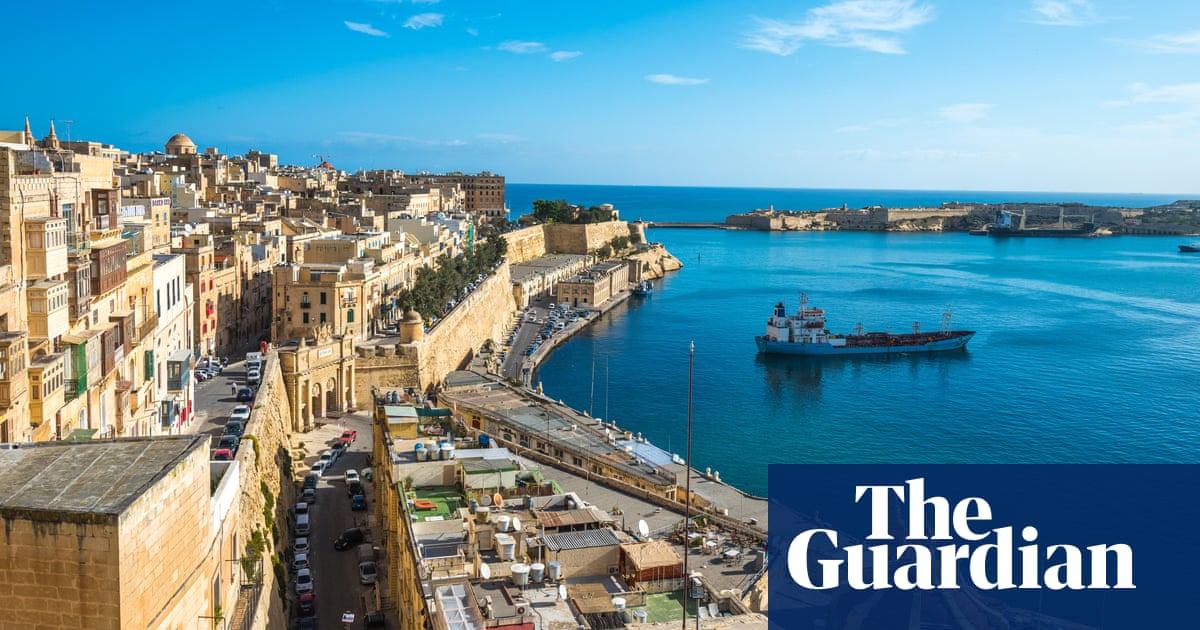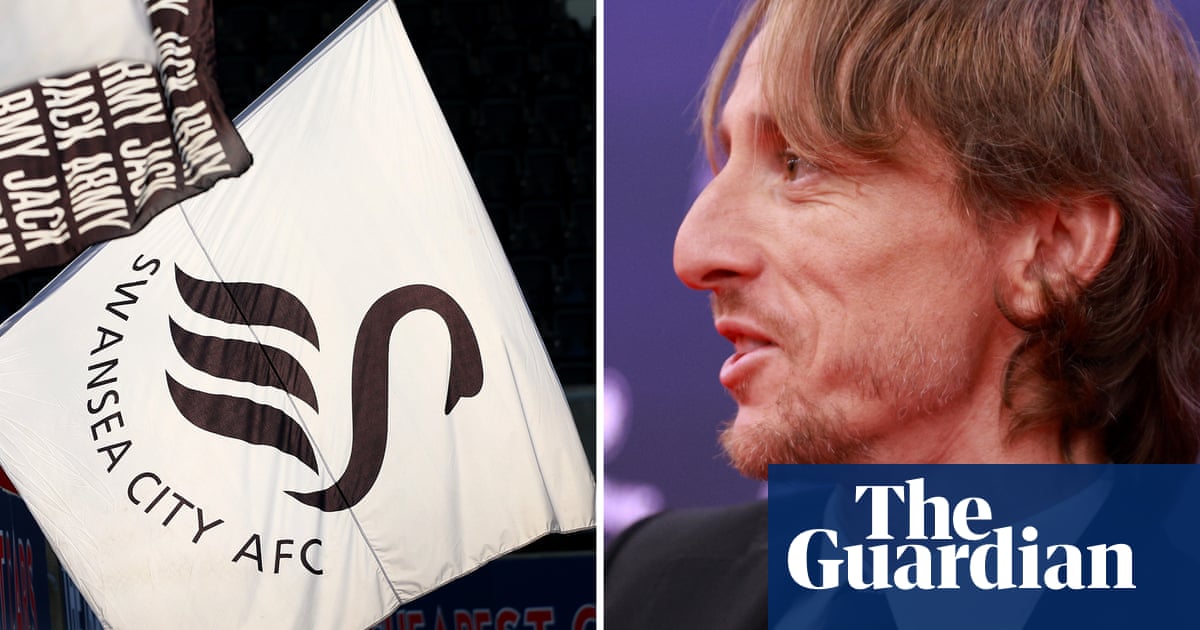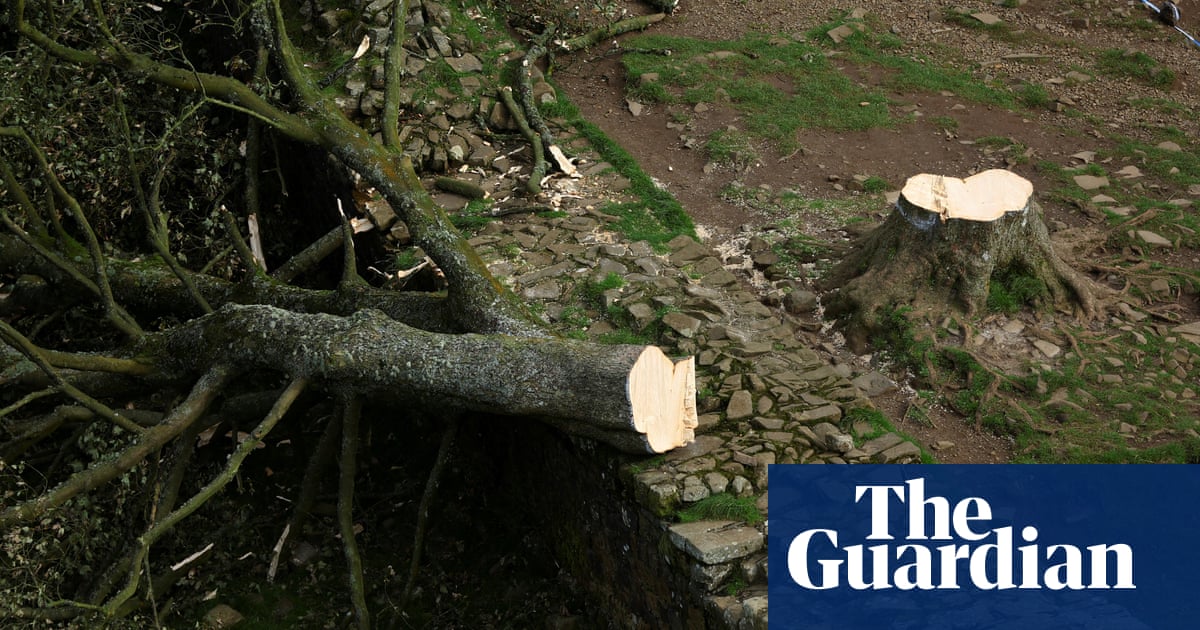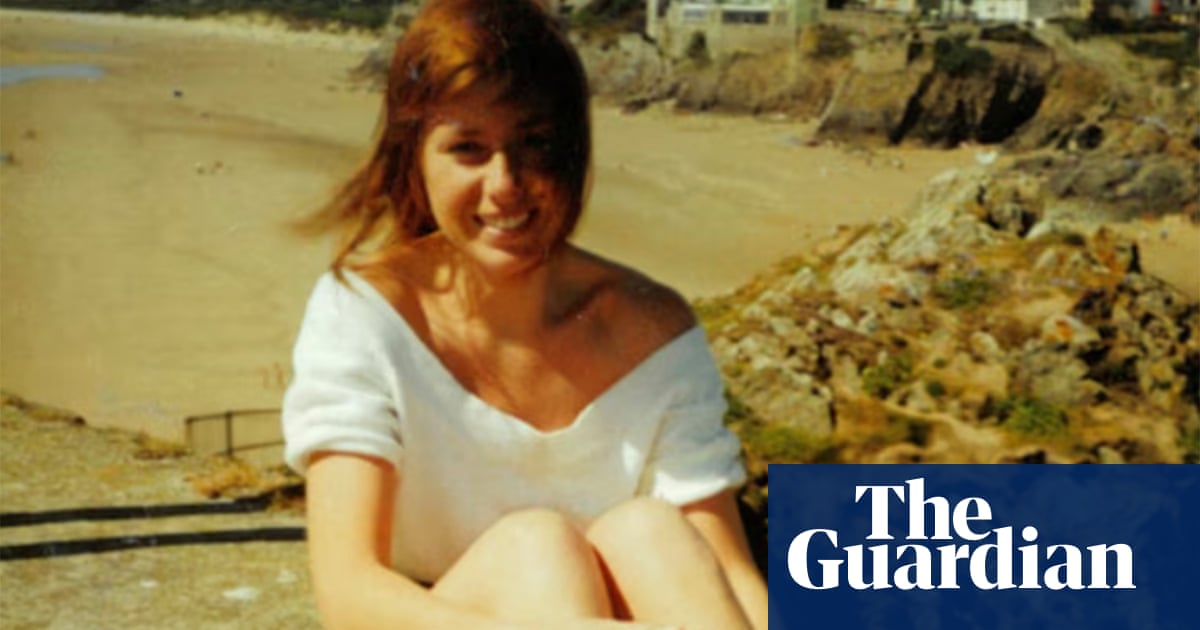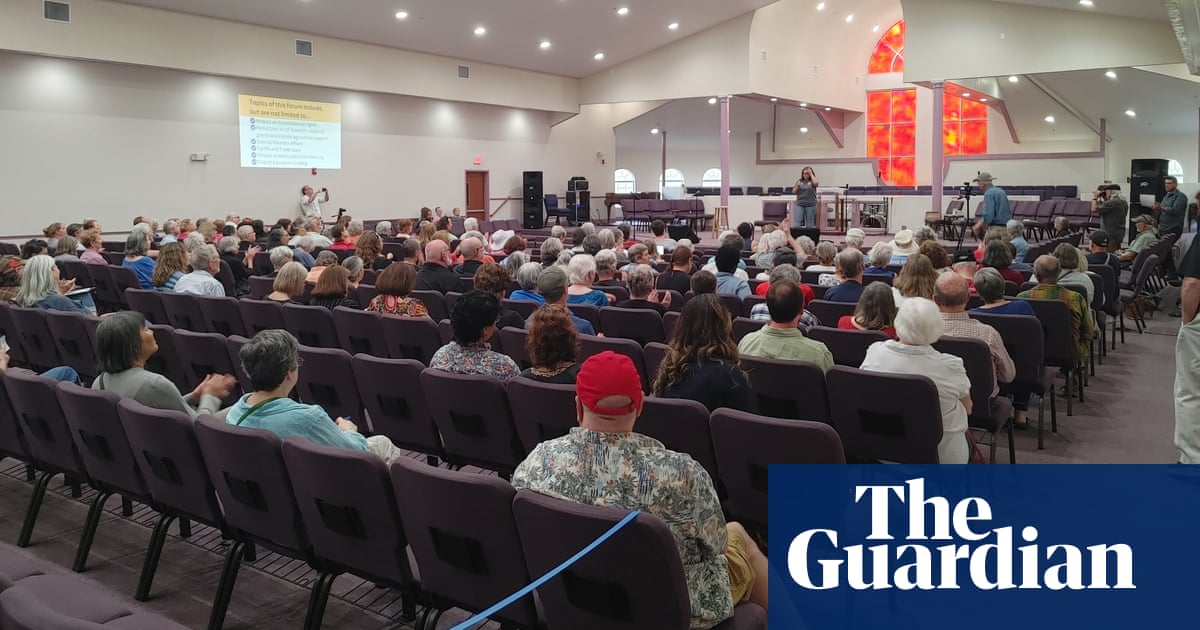Hosting a showing of Pablo Picasso’s art isn’t like putting together your normal gallery exhibition. For one thing, gathering the art of the prodigious Spaniard requires a lot more overhead than most shows. As Michael Cary, the resident Picasso expert at Gagosian gallery, told me: “Picasso shows are museumy. Most of them have lots of loans from museums, so these kinds of exhibitions are very costly to put on, with all the insurance and shipping and assorted costs with bringing these works to New York City.”
Yet there are great rewards for exhibiting Picasso. It is a huge prestige boost to any gallery that manages to pull all that art together, and the celebrity factor tends to drive tons of engagement from visitors. Moreover, just selling a single piece can put the whole enterprise in the black.
“I’m imagining that Larry [Gagosian] really likes Picasso’s market,” Cary laughed as we talked about Picasso: Tête-à-tête, Gagosian’s latest show for the artist. And he should – in 2016 Gagosian sold the sculpture Bust of a Woman for $106m.
According to Cary, nobody does more Picasso shows than the storied New York gallery. Cary himself has worked on 13 Picasso shows since joining Gagosian in 2008, and the gallery’s relationship with Picasso’s art spans back to the 1990s. Gagosian’s website lists 40 shows involving his works.

“Picasso is a high-stakes game,” Cary told me. “You don’t accidentally or casually put on a Picasso show. It takes a lot of planning, a lot of hard work. And trying to show audiences something that haven’t expected and that they don’t anticipate with Picasso is high stakes as well.”
Gagosian hopes to do just that with an enormous exhibition that spans the entirety of Picasso’s creative life. Notably, Picasso’s daughter Paloma has opened up her collection of her father’s art for Tête-à-tête, exhibiting about a dozen never-before-seen pieces. She has also helped to organize the show, as she has taken on a larger and larger role with her father’s art after becoming responsible for administering Picasso’s estate two years ago. “It’s wonderful having a collaborator who trusts us and trusts us enthusiastically,” Cary said of Paloma. “It’s disarming because Paloma is so informal and so friendly. There’s an enthusiasm that’s very, very rare.”
The show is centered around one of Picasso’s best-known works, the 1909 sculpture Tête de Femme (Fernande), which Cary called “arguably the most important sculpture of the 20th century”. One of about 20 such casts known to exist, it is modeled on the head of Picasso’s muse and lover Fernande Olivier. The striking bronze cast is generally considered to be Picasso’s first cubist sculpture and a pioneering moment in the development of the cubism movement.

Cary and his team have “paired” Tête de Femme with a ceramic bust that is a portrait of Paloma’s mother, which Cary humorously described as a “cookie jar”. The discordance is the point, as Tête-à-tête strives to present Picasso’s art as Gagosian imagines the Spaniard would have wanted it: free from grouping into different schools or periods, arranged thoughtfully together in surprising and unexpected ways.
“We’re putting the most important sculpture of the 20th century next to something that looks like a cookie jar,” Cary told me. “We don’t make a distinction between those two things because Picasso didn’t make a distinction.”
The two têtes make for one of many such pairings that Gagosian hopes will evoke “dialogues” as audiences make connections between the pieces in the show. Cary explained that the concept comes from Picasso’s first retrospective, in 1932, which he hung himself, charting his own path by completely eschewing categorization of his art. “Picasso hung very different works of very different styles next to each other so that they could talk to each other,” he said. “This is how he intended us to encounter his work. Picasso rejected this idea of breaking up his body of work into periods – that was academic, that was criticism. When I presented that to Paloma she got sparked, she said: ‘Oh, that’s a fun idea, it gives us the chance to hang things in a different way.’”
There are many undiscovered treasures in Tête-à-tête. In spite of being a Picasso scholar who has worked on numerous Picasso shows for Gagosian for nearly 20 years, Cary was astonished by never-before-exhibited pieces that he had never even heard about. “It was really exciting for me because I’m such a Picasso nerd.” Cary told me. “Paloma sent us a list of pieces and it just blew our minds. Not only hadn’t I seen many of them, I didn’t know they existed.” These never-before-exhibited works include the remarkable 1958 bronze sculpture Figure, as well as a trio of portraits of Picasso’s so-called golden muse Marie-Thérèse Walter, done in surprisingly different styles.

According to Cary, there is always something new to discover with Picasso because he was so prolific and so enormously varied in his output. “Picasso is such a vast and complex subject,” he said. “A really prolific artist might make 5,000 works, but Picasso made about 25,000. Just keeping up with the literature alone is a full-time job. The complexity is always prompting new questions – there’s always something new to look at, always something new to try.”
Tête-à-tête will be Gagosian’s last show at their longtime home at 980 Madison Avenue, and because of that the gallery will be staging it for longer than usual – nearly three months total. For Cary, having the time to really be with the works for an extended duration is a special thing, one that he hopes audiences take advantage of. “This is a long show for us, and that’s another thing that feels particularly good, that we don’t have to get the works out of here at a particular time,” he said. “These works are amazing, I want to look at them every day for as long as I can. I want people to come back and see them as many times as possible. It feels like an extra gift.”
-
Picasso: Tête-a-tête is on show at Gagosian in New York from 18 April until 3 July 2025

 4 hours ago
8
4 hours ago
8







